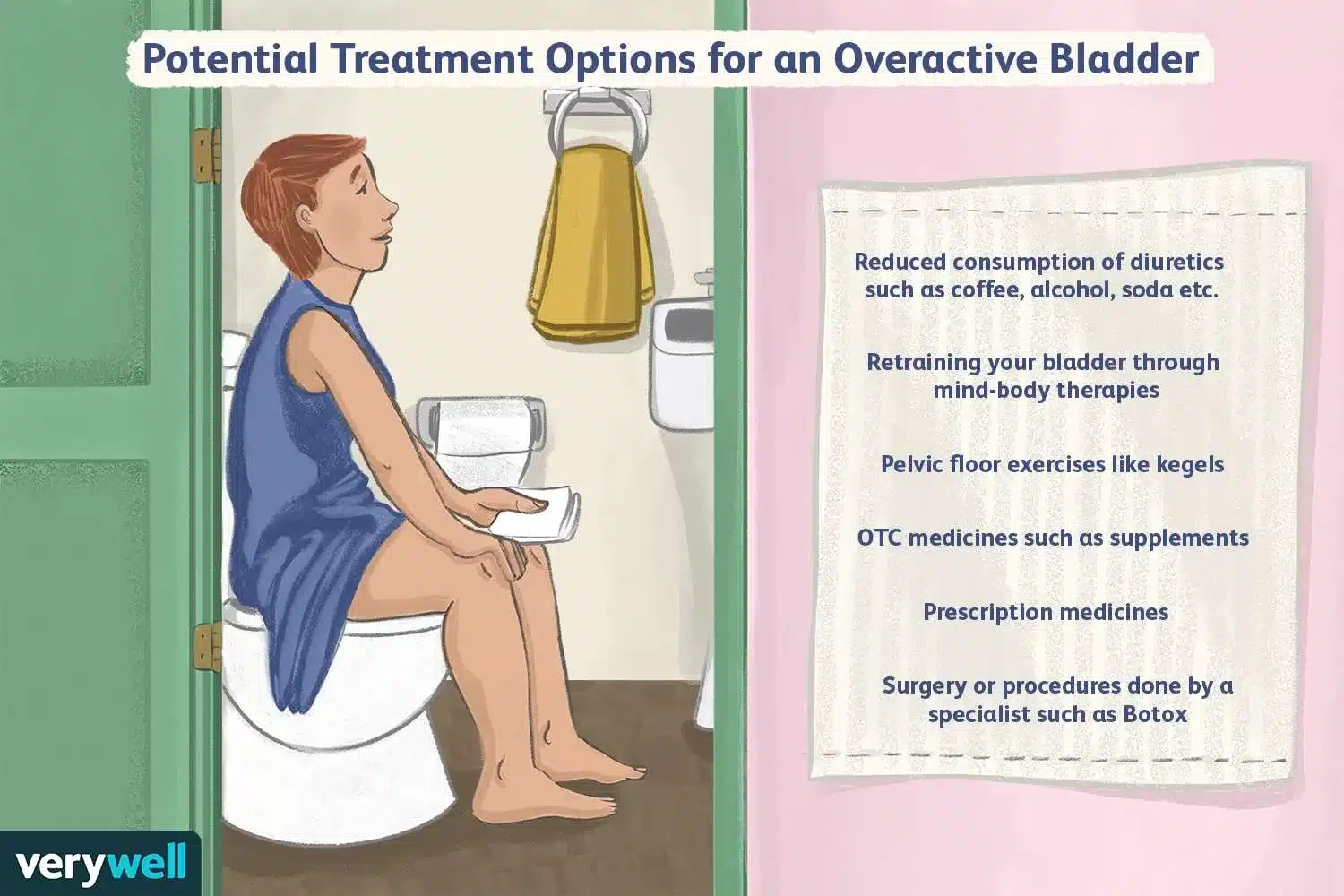Incontinence is a condition that affects millions of people worldwide. It refers to the involuntary loss of urine or feces. It can happen to anyone, but it is more common in older adults. Incontinence can be caused by a variety of factors, including weak pelvic muscles, nerve damage, and an overactive bladder.
This condition can have a significant impact on a person’s quality of life, affecting their physical health, emotional wellbeing, and social interactions. In this blog post, we will discuss the causes, symptoms, and treatment options for incontinence.
Causes of Incontinence
Incontinence can be caused by several factors, including:
1. Weak Pelvic Muscles:
The pelvic muscles are responsible for controlling the bladder and bowel movements. If these muscles become weak, it can result in incontinence.
2. Nerve Damage:
Nerve damage can occur due to injury, surgery, or certain medical conditions, such as diabetes or multiple sclerosis. When the nerves that control the bladder and bowel are damaged, it can cause incontinence.
3. Overactive Bladder:
An overactive bladder is a condition in which the bladder contracts involuntarily, causing the urge to urinate frequently. This can lead to incontinence if the person cannot reach the bathroom in time.
4. Prostate Problems:
In men, an enlarged prostate or prostate cancer can lead to incontinence.
5. Pregnancy and Childbirth:
The pressure of the growing fetus on the bladder can weaken the pelvic muscles, leading to incontinence. Childbirth can also cause nerve damage, which can result in incontinence.
Symptoms of Incontinence
The symptoms of incontinence can vary depending on the type and severity of the condition. The most common symptoms include:
1. Urinary Leakage:
This is the involuntary loss of urine, which can range from a few drops to a complete loss of bladder control.
2. Fecal Incontinence:
This is the involuntary loss of feces, which can range from a small amount to a complete loss of bowel control.
3. Strong Urge to Urinate:
This is a sudden and intense urge to urinate, which can lead to incontinence if the person cannot reach the bathroom in time.
4. Frequent Urination:
This is when a person needs to urinate more than usual, which can be a sign of an overactive bladder.
5. Nocturia:
This is when a person needs to urinate frequently during the night, which can disrupt sleep.
Treatment Options for Incontinence
Incontinence can be treated through a variety of methods, including:
1. Pelvic Floor Exercises:
These exercises can help strengthen the pelvic muscles, which can improve bladder and bowel control.
2. Medications:
Certain medications can help to relax the bladder or reduce the amount of urine produced, which can reduce the symptoms of incontinence.
3. Surgery:
In some cases, surgery may be required to repair or replace damaged tissues, such as the bladder or urethra.
4. Behavioral Therapy:
This involves making changes to the person’s lifestyle, such as reducing fluid intake or using a schedule to manage bathroom breaks.
5. Catheterization:
This involves inserting a catheter into the bladder to drain urine, which can be useful for people who have difficulty emptying their bladder.
Living with incontinence can be challenging, but there are several strategies that can help to manage the symptoms and improve your quality of life.
Here are tips to manage Incontinence:
1. Wear Protective Clothing:
Using protective clothing, such as pads or adult diapers, can help to manage urinary or fecal leakage.
2. Stay Hydrated:
Drinking enough water is important for overall health, but it’s also essential for maintaining bladder and bowel health. Avoiding caffeine and alcohol can also help to reduce the symptoms of an overactive bladder.
3. Manage Constipation:
Constipation can put pressure on the bladder, making it more difficult to control urinary and bowel movements. Eating a diet high in fiber and drinking plenty of water can help to prevent constipation.
4. Practice Good Bathroom Habits:
Going to the bathroom on a regular schedule, even if you don’t feel the urge to go, can help to train your bladder and reduce the risk of accidents. You should also take your time when urinating or having a bowel movement to ensure that your bladder and bowel are completely empty.
5. Seek Emotional Support:
Incontinence can be embarrassing and can affect your self-esteem and mental health. Talking to a therapist or joining a support group can help you to manage the emotional impact of incontinence.
In Summary
Incontinence is a common condition that can be caused by several factors. The symptoms of incontinence can vary, but they can have a significant impact on a person’s quality of life. Treatment options include pelvic floor exercises, medication, surgery, behavioral therapy, and catheterization. It’s important to seek medical advice if you experience any symptoms of incontinence. Finally, living with incontinence can be challenging, but with the right strategies, you can manage the symptoms effectively and improve your quality of life.


